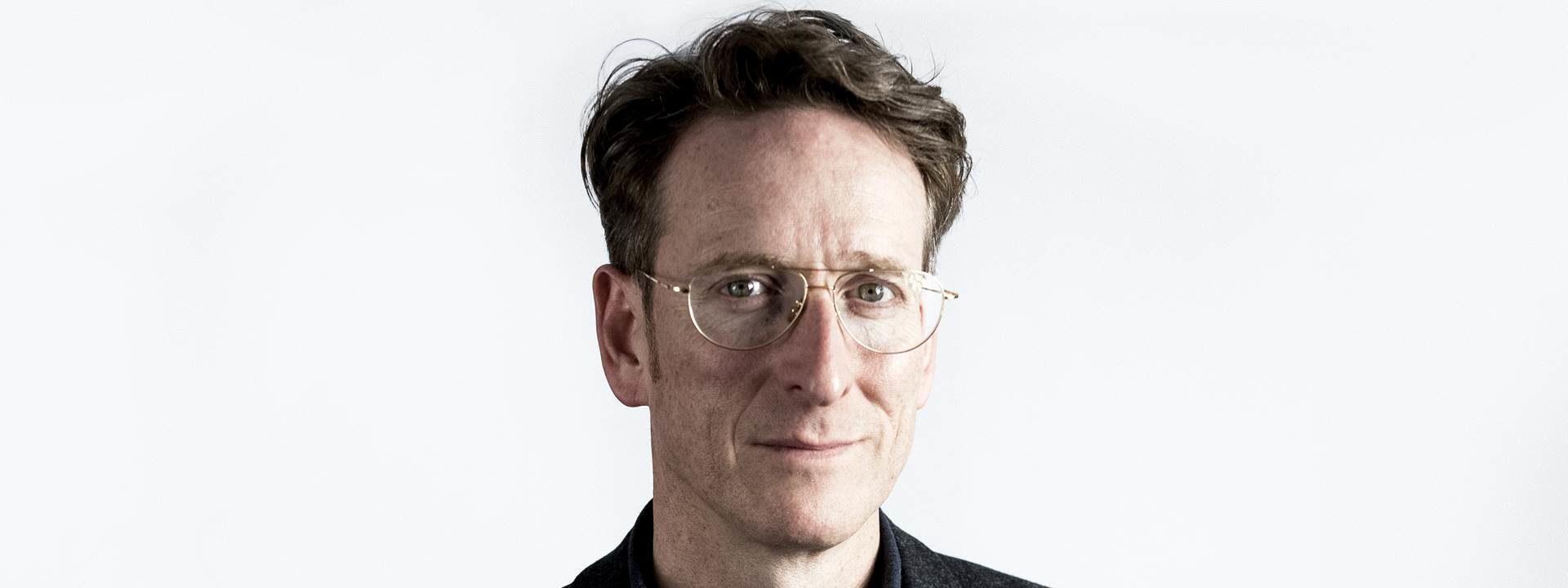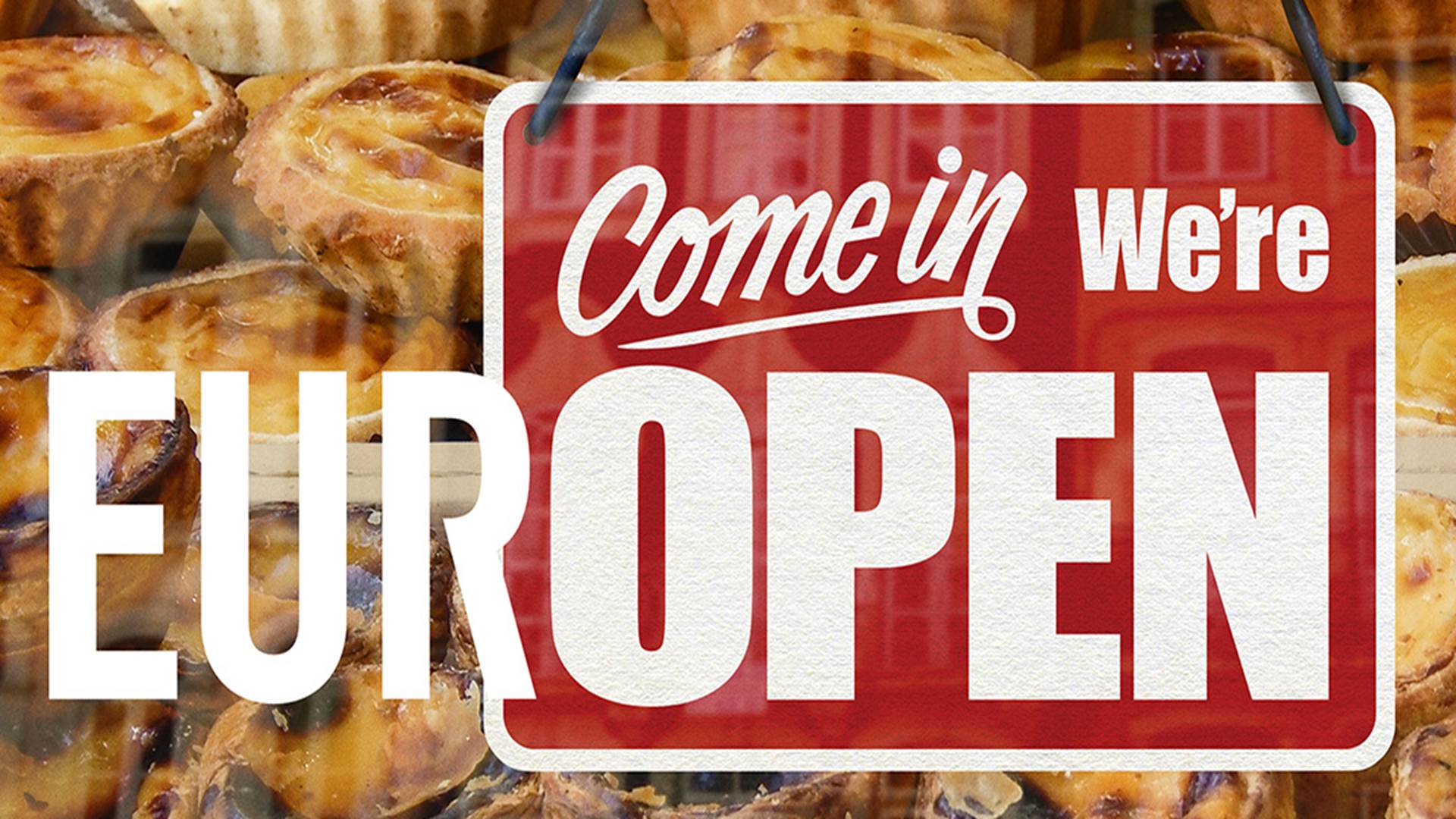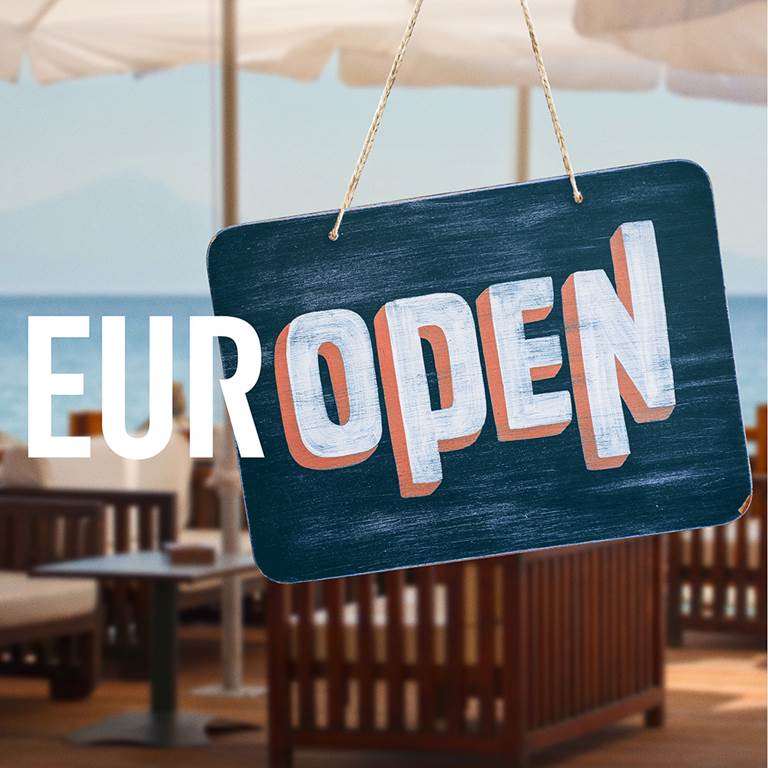Pandemics come in many forms. Of the 40 biggest contagions in the past 2,000 years, Coronavirus the Third (after Sars and Mers) is unlikely to get far into the top 20. It’s probably a few places above the Asian flu pandemic of 1957-58 that reportedly caused about 33,000 excess deaths in the UK and a global death toll of 1.1 million. The toll might have been far greater in the UK, but a vaccine was found relatively quickly and was speedily administered by our brilliant NHS.
So, although the damage caused by Covid-19 is colossal, its fatality rate is not on the same scale as the Antonine Plague, the Plague of Justinian, the Black Death, the American plagues, Spanish flu or HIV/Aids. It is closer in scale to the outbreak of 1957-58.




